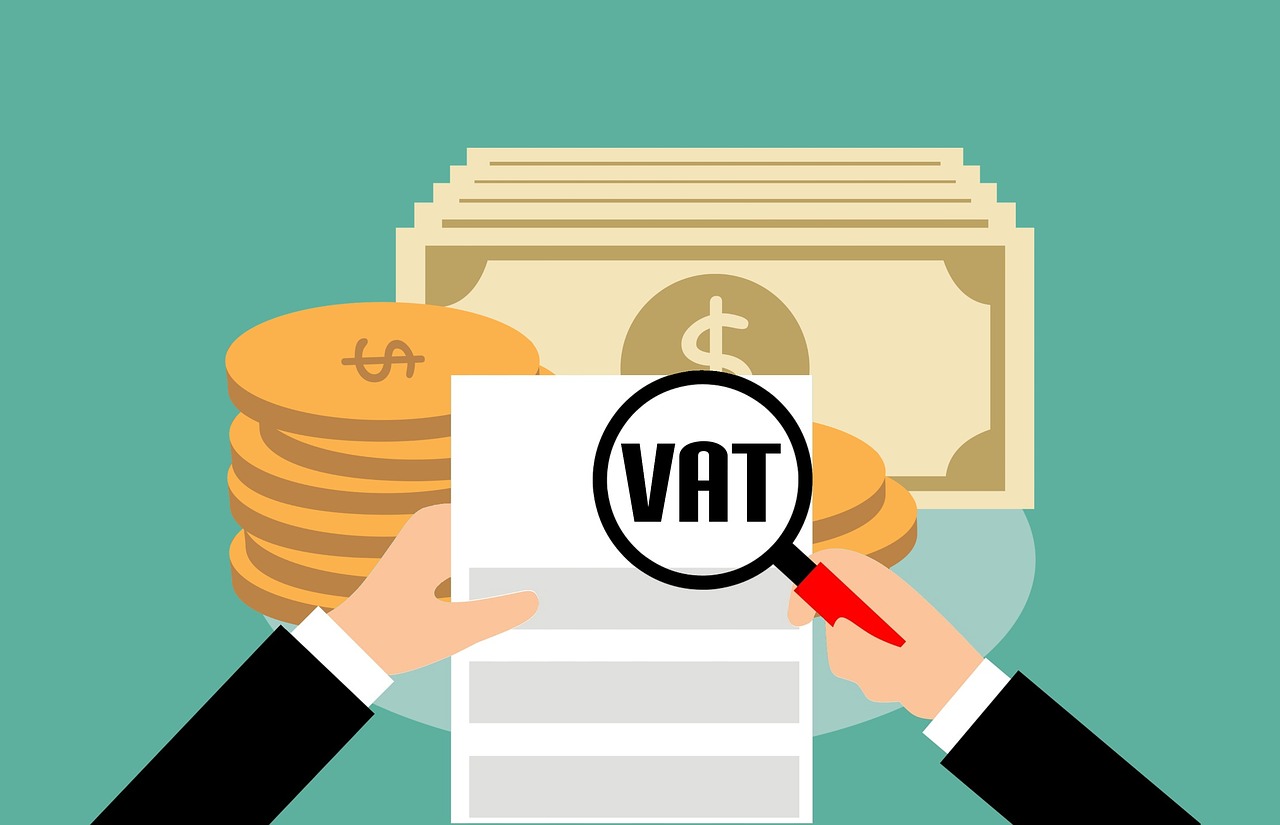VAT Calculator EU
Instantly add or remove EU VAT with live up-to-date rates.
Find our table below to help you calculate VAT Rates for all EU Countries and UK.
Calculate Now
How To Use The Calculator?
- Enter the amount
- Select the VAT rate that applies (See further vat rate info below)
- And that’s it. You’ll now see the VAT amount and Gross. Whether you add or remove VAT, our calculator gives you both options.
| Country | Super-reduced rate (%) | Reduced rate (%) | Parking rate (%) | Standard rate (%) |
|---|---|---|---|---|
| Austria (AT) | 10 / 13 | 13 | 20 | |
| Belgium (BE) | 6 / 12 | 12 | 21 | |
| Bulgaria (BG) | 9 | 20 | ||
| Croatia (HR) | 5 / 13 | 25 | ||
| Cyprus (CY) | 5 / 9 | 19 | ||
| Czech Republic (CZ) | 10 / 15 | 21 | ||
| Denmark (DK) | 25 | |||
| Estonia (EE) | 9 | 20 | ||
| Finland (FI) | 10 /14 | 24 | ||
| France (FR) | 2.1 | 5.5 / 10 | 20 | |
| Germany (DE) | 7 | 19 | ||
| Greece (GR) | 6 / 13 | 24 | ||
| Hungary (HU) | 5 / 18 | 27 | ||
| Ireland (IE) | 4.8 | 9 / 13.5 | 13.5 | 23 |
| Italy (IT) | 4 | 5 / 10 | 22 | |
| Latvia (LV) | 5 / 12 | 21 | ||
| Lithuania (LT) | 5 / 9 | 21 | ||
| Luxembourg (LU) | 3 | 7 | 13 | 16 |
| Malta (MT) | 5 / 7 | 18 | ||
| Netherlands (NL) | 9 | 21 | ||
| Poland (PL) | 5 / 8 | 23 | ||
| Portugal (PT) | 6 / 13 | 13 | 23 | |
| Romania (RO) | 5 / 9 | 19 | ||
| Slovakia (SK) | 10 | 20 | ||
| Slovenia (SI) | 5 / 9.5 | 22 | ||
| Spain (ES) | 4 | 10 | 21 | |
| Sweden (SE) | 6 / 12 | 25 | ||
| United Kingdom (GB) | 5 | 20 |

EU VAT Calculated Easy
Understanding The Current VAT Rates
What are the VAT rates for goods and services?
See our current and historical table of VAT rates below for goods and services;
What is Value Added Tax (VAT)?
Value Added Tax (VAT) is a tax payable on sales of goods or services within the Member States of the EU. VAT is ultimately payable by the final consumer of the good or service.
When Was This Tax introduced?
VAT was introduced in Ireland on 1 November 1972.
How to calculate VAT Manually?
If you are adding VAT; then you need to multiply the price by (100 + VAT percentage). This is the price, including VAT (Gross value)
If you are removing VAT; then you need to divide the price by (100 + VAT percentage) and multiply by 100. This is the price without VAT (Net amount).
Find Your Local Calculator
Facts About Value Added Tax In Europe
What was the first country to use VAT?
In 1954 France became the first country to adopt the VAT system. By the end of the twentieth century, it had been adopted throughout the European Union.
Fact Source: Britannica
What country has the highest VAT rate?
Hungary has the highest VAT rate (27 %), followed by Croatia, Denmark, and Sweden (all at 25%)
Fact Source: Taxfoundation